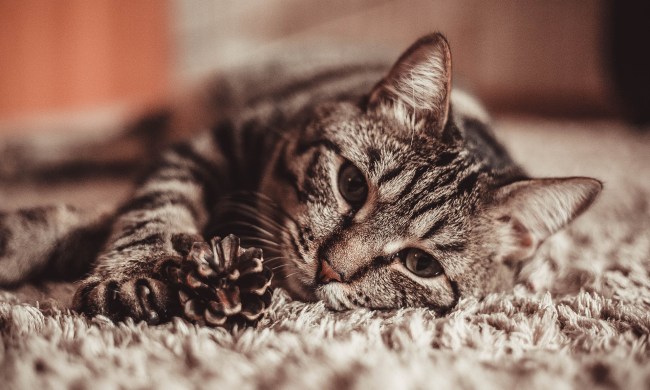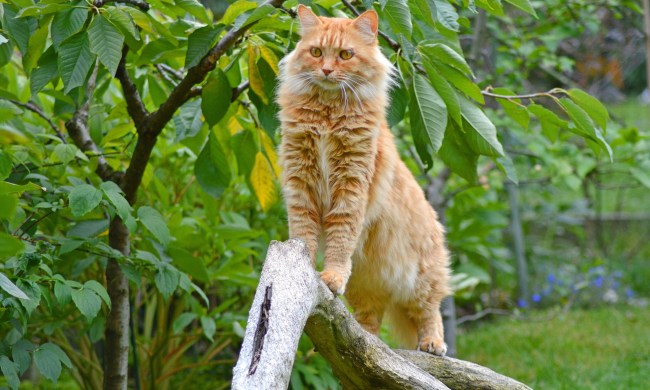Just like people, cats have their own distinct personalities. Some are laid-back no matter what life throws at them, and others are sensitive to every minor change in their environment. While bringing your baby home from the hospital is a joyous occasion for you, it could be stressful for your feline friend.
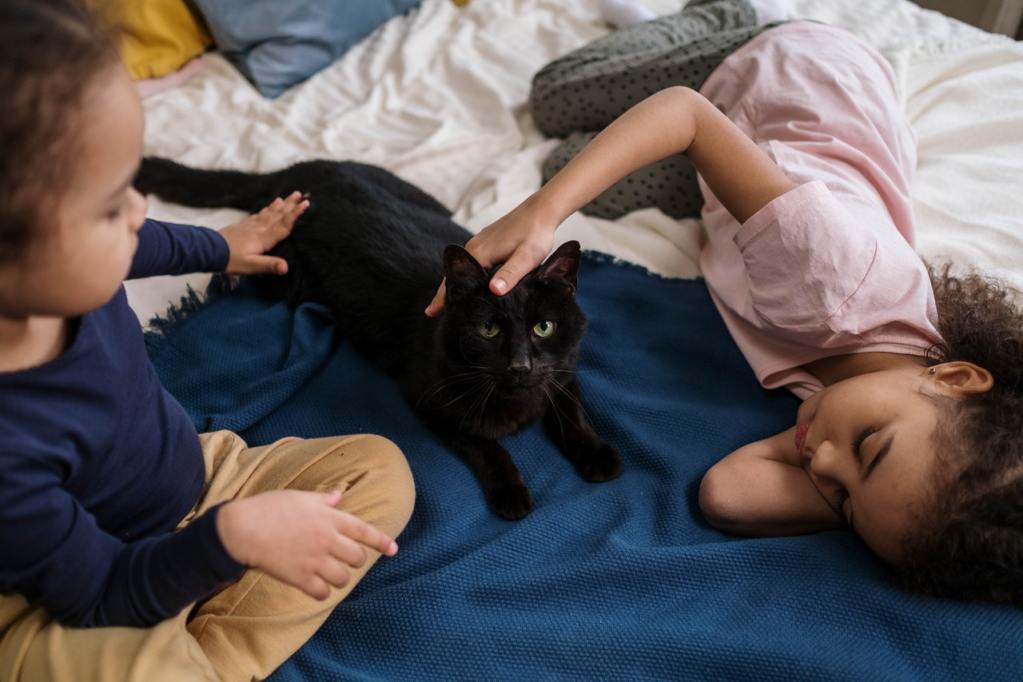
Fortunately, cats and babies can be friends. It just takes a little time, a little patience, and a solid plan of action. We’re sharing our Introducing Cat to Baby Playbook — if you follow these steps, the two littlest members of your household will be friends before you know it.
Why introductions are important
If your cat has lived her entire life in an adults-only household, the sudden arrival of a tiny human can be a little shocking. Cats have much keener senses of smell than we do. The arrival of a small human, who smells so much different than familiar humans, may cause anxiety in your cat. Cats also have much more sensitive hearing than we do, and babies can make a racket. Here’s how to prepare your cat for the newest addition.
Step one: Take your cat exploring
You want to have the nursery ready to go for your baby, and that’s the best place to start. Making gradual changes to your home and allowing your cat to investigate each new update to the nursery will be less overwhelming than doing it all at once. Leaving your cat out of major changes to the home creates anxiety, which can lead to nervous behaviors like scratching, biting, and using the bathroom outside the litter box.
Allowing your cat to explore the nursery as you paint the walls, set up the baby bed, and prepare the space for your baby’s arrival helps her feel like she’s part of the process. Your cat will probably want to sleep in the baby bed and might play with the toys, which is a good sign she feels comfortable (though do be sure to at least vacuum the sheets before Baby comes home to remove any dander). It also allows your cat to leave her scent in the baby’s room, helping her mark the space as familiar territory.
Step two: Help your cat adjust to new scents
Because cats use scent as a form of communication, helping your feline friend adjust to your baby’s smell is one of the most important ways to introduce the pair. An easy way to start off is using baby products. Washing your hair with baby shampoo and using baby lotion helps your cat adjust to the scents before your baby comes home from the hospital.
Allowing your cat to sleep with a pair of baby socks or a onesie introduces her scent to clothing your baby can wear home from the hospital. This way, your cat will immediately recognize her scent and accept the baby’s presence more readily. It’s also a good idea to bring home something with your baby’s smell in advance, like a baby blanket or a hat.
Step three: Help your cat get used to the noise
Babies have no other way to express themselves, so they cry when they’re hungry, tired, or need to be changed. If your cat is sensitive to sound, it’s best to help her get used to it before the baby comes home. Play videos of crying babies so your cat can familiarize herself with the sound. Some cats remain calm, while others grow anxious. To help alleviate the nervousness, try giving your cat a treat or indulging in her favorite game while the recording plays.
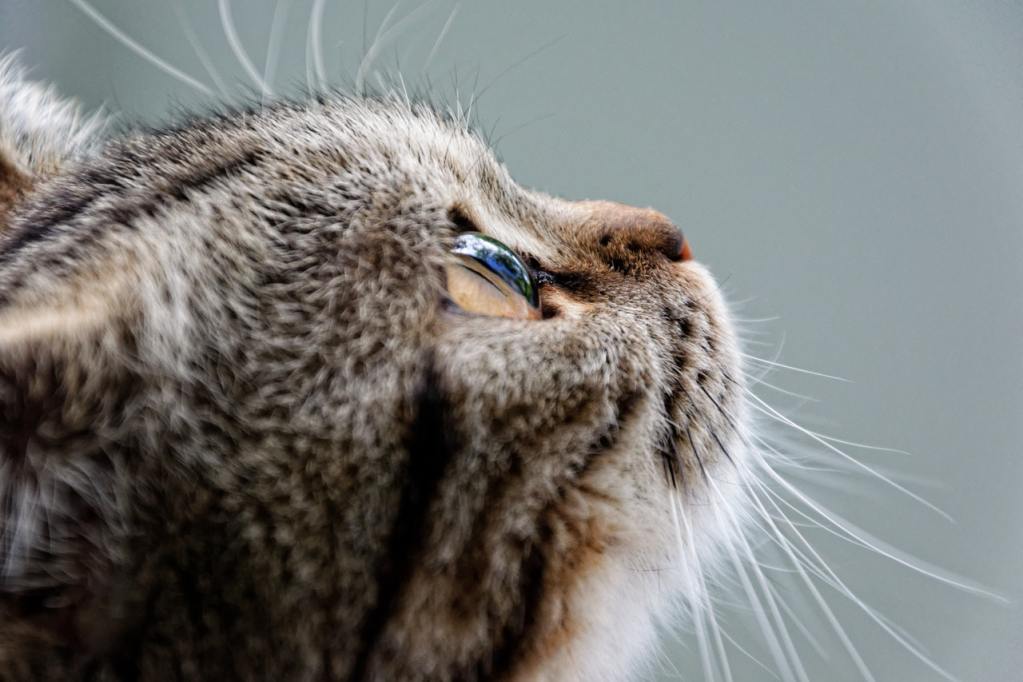
Teaching your cat to associate love and attention with a crying baby makes for a less anxious kitty. Because the sound of a fussy infant reminds some cats of mewling kittens, you may even find that your cat wants to soothe your baby while he or she cries. Isn’t that the sweetest thing?
Step four: Introduce your cat to your baby
You’ll be wiped out when you get home, so the last thing you want to deal with is an anxious cat. Try to make sure your baby is wearing the onesie your cat snuggled with so Kitty recognizes her scent on your baby. Allow your cat to get close enough for a sniff or two and make sure you praise the cat for good behavior. Naughtiness should be met with a firm “no,” but don’t try to physically discipline a cat, as it can prompt aggressive behavior.
Once your cat understands that being nice to the tiny human means she’ll get treats and attention, she’ll be more likely to treat your baby as a welcome, much-loved member of the family.
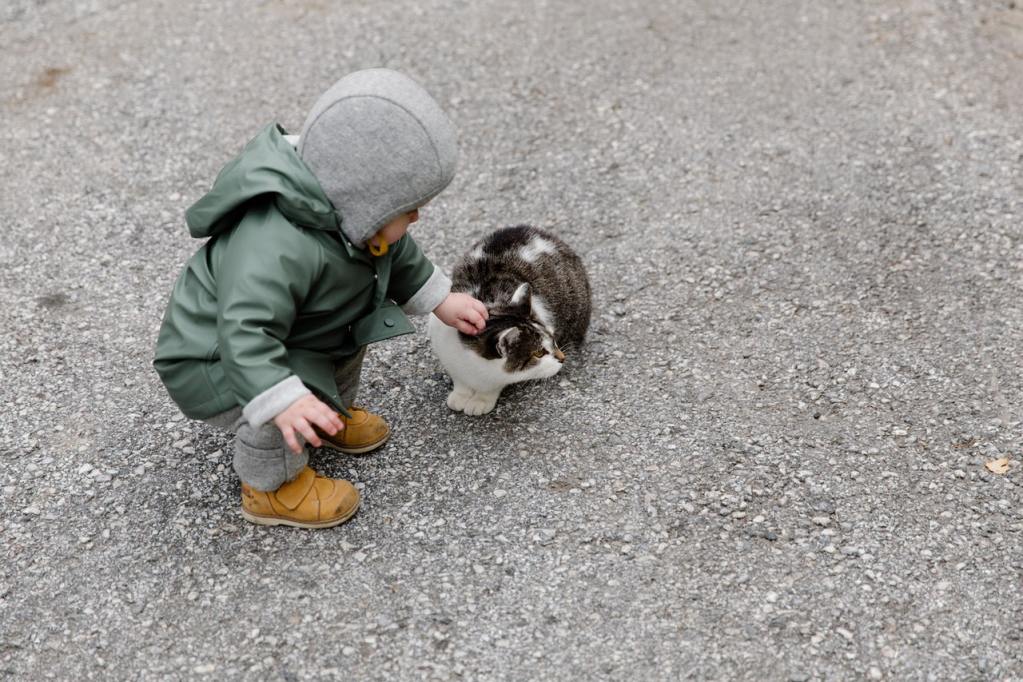
Step five: Teach your baby to play gently
As your baby grows, teaching him or her to play gently with the family cat is essential to a peaceful home. Babies love to grab everything within each, including your cat’s tail. Teaching your baby to give your cat space not only makes for a happy cat, but it also helps your baby learn gentleness and care. Following these steps creates a respectful, lifelong bond between Baby and Kitty. What could be cuter than that?

